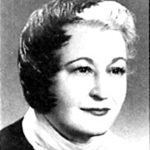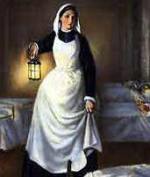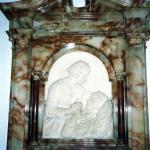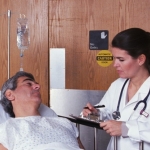 Model N. Roper
Model N. Roper
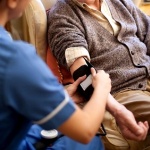
's sister model, co-authored with V. Logan and A. Tierney, is based on 12 types of daily human life. This includes both biological and social human needs.
- Safety.
- Communication.
- Breath.
- Consumption of food and liquids.
- Removal of unwanted body products.
- Personal hygiene.
- Comfortable body temperature.
- Physical activity.
- Work and leisure.
- Sexuality.
- Dream.
- Dying.
Nursing process and N. Roper model: application
1. The patient is the object of the nurse's activity. Depending on which of the 12 types of life has problems, the nurse helps the patient with their solution.
2. The source of the patient's problems - 5 factors highlighted by N. Roper.
- Disability and as a result - a violation of the functions of the body.
- Changes in the tissues of the patient's body (pathological, degenerative).
- An accident that resulted in a hospital bed.
- Diseases of infectious etiology.
- Influence of environmental factors.
3. The goal of care is the initial assessment of the patient's condition, the joint definition of goals.
4 . The focus of assistance is continuous solidarity work with the patient:
- identification of violations of satisfaction of needs;
- identifying real problems;
- finding ways to solve problems and planning actions;
- implementation of plans.
5. The role of the nurse:
- Dependent - fulfillment of medical prescriptions.
- Interdependent - work with colleagues.
- Independent - nursing assessment of the patient's condition.
6. Methods of Intervention - After discussion with the patient, the nurse makes a choice of methods of intervention depending on the degree of violation of the satisfaction of the patient's needs.
7. The result is easy to evaluate - the violated need is satisfied - the plan is implemented. If the desired result could not be achieved, the nurse and the patient review the ineffectively drawn up plan and develop a different approach to solving problems.
